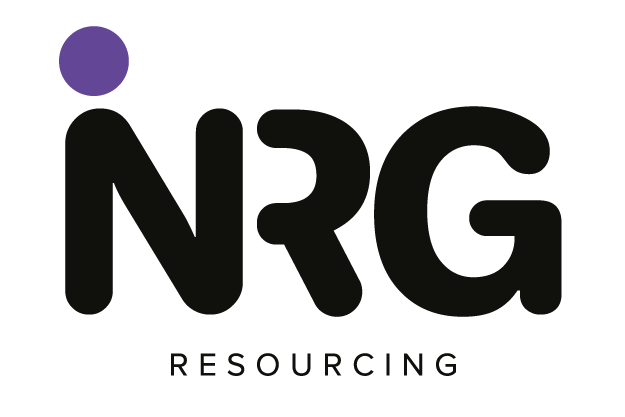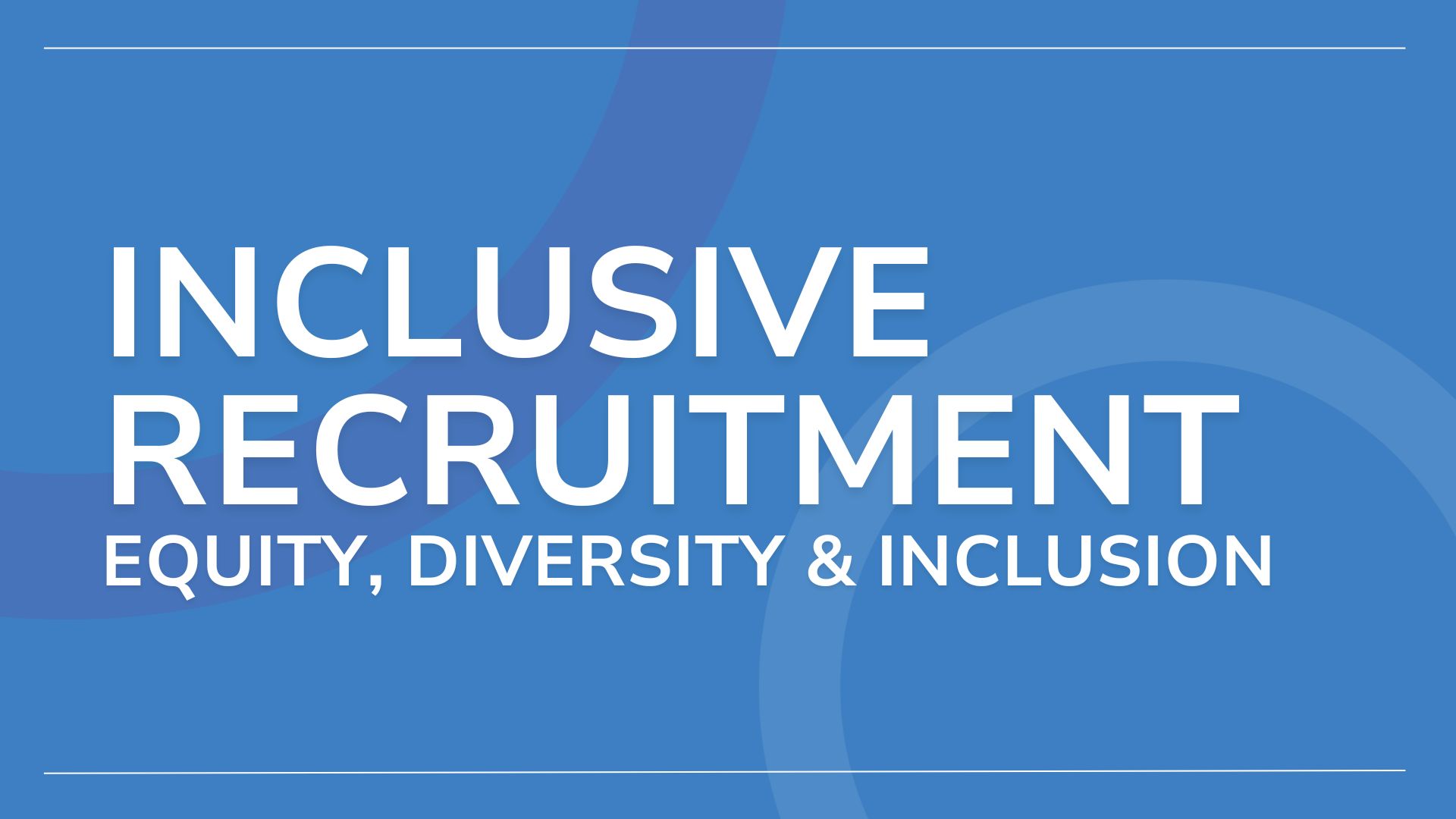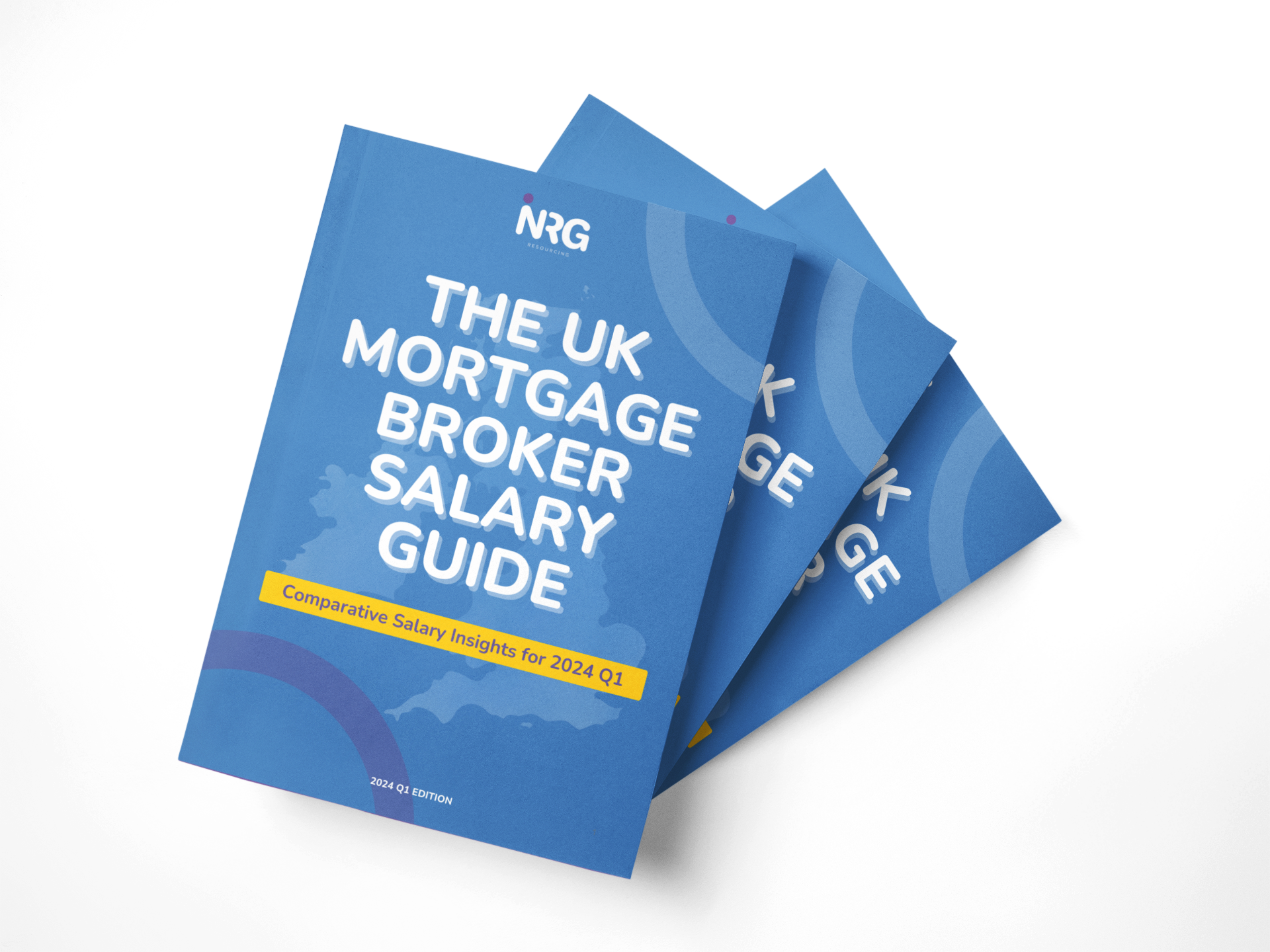Imagine a team where every member brings a unique perspective, where differences in thought and experience are not just accepted, but celebrated.
This is the essence of inclusive recruitment—a business strategy that goes beyond checking boxes, aiming instead for diverse talents and voices.
But what does this mean in practice, and how can it transform your business?
The answer can be found in three very important terms:
- Equity
- Diversity
- Inclusion
Let’s take a look at what these mean…
Understanding Equity, Diversity, and Inclusion (E, D & I)

Equity:
At its core, equity is about fairness. It’s recognising that each individual has different circumstances and allocating the exact resources and opportunities needed to reach an equal outcome.
Equity focuses on a level playing field, which doesn’t necessarily mean treating everyone the same, but rather giving everyone what they need to be successful.
In the workplace, this means fair access to opportunities, resources, and pathways for all employees, regardless of their background.
Diversity:
Diversity is not limited to physical attributes like race, gender, or age. Instead, it extends to a range of personal characteristics including, but not limited to, cultural background, religious beliefs, sexual orientation, socio-economic status, and even thought processes and life experiences.
When we talk about diversity in the workplace, we’re referring to an environment that embraces and celebrates these differences, understanding that a variety of perspectives can lead to richer discussions, more creative solutions, and a more holistic understanding of the client base.
Inclusion:
Inclusion is about actively ensuring that all individuals feel valued and integral to the success of the organisation.
It’s not just about having diverse individuals in your team, it’s about making sure that their voices are heard, respected, and considered in decision-making processes.
Inclusive environments are those where individuals feel safe to express their opinions and perspectives, and where their contributions are valued.
Why Diversity and Inclusion Matter

Ignore E, D & I at Your Peril…
Groupthink
Groupthink is a psychological phenomenon where a desire for harmony within a group can lead to poor decision-making and a lack of innovation.
In the commercial world, it has led to the downfall of giants. A classic example is Kodak, which, despite its early successes, failed to adapt to digital photography, leading to its near demise.
Neuroscience suggests that our brains crave certainty, which can make us risk-averse and more prone to groupthink or group polarisation.
In environments like this, being agile and attentive — qualities essential for anticipating and navigating inflection points — becomes challenging.
The Solution
One of the most effective ways to combat groupthink is by diversifying your workforce. When people from various backgrounds, with different experiences and perspectives, come together, it naturally leads to a richer pool of ideas and solutions.
By putting idea-sharing and collaboration at the forefront, and encouraging members from different sectors to challenge preconceptions, you can foster innovation and help organisations to adapt more effectively in a volatile world.
Mitigating Risk and Building Reputation
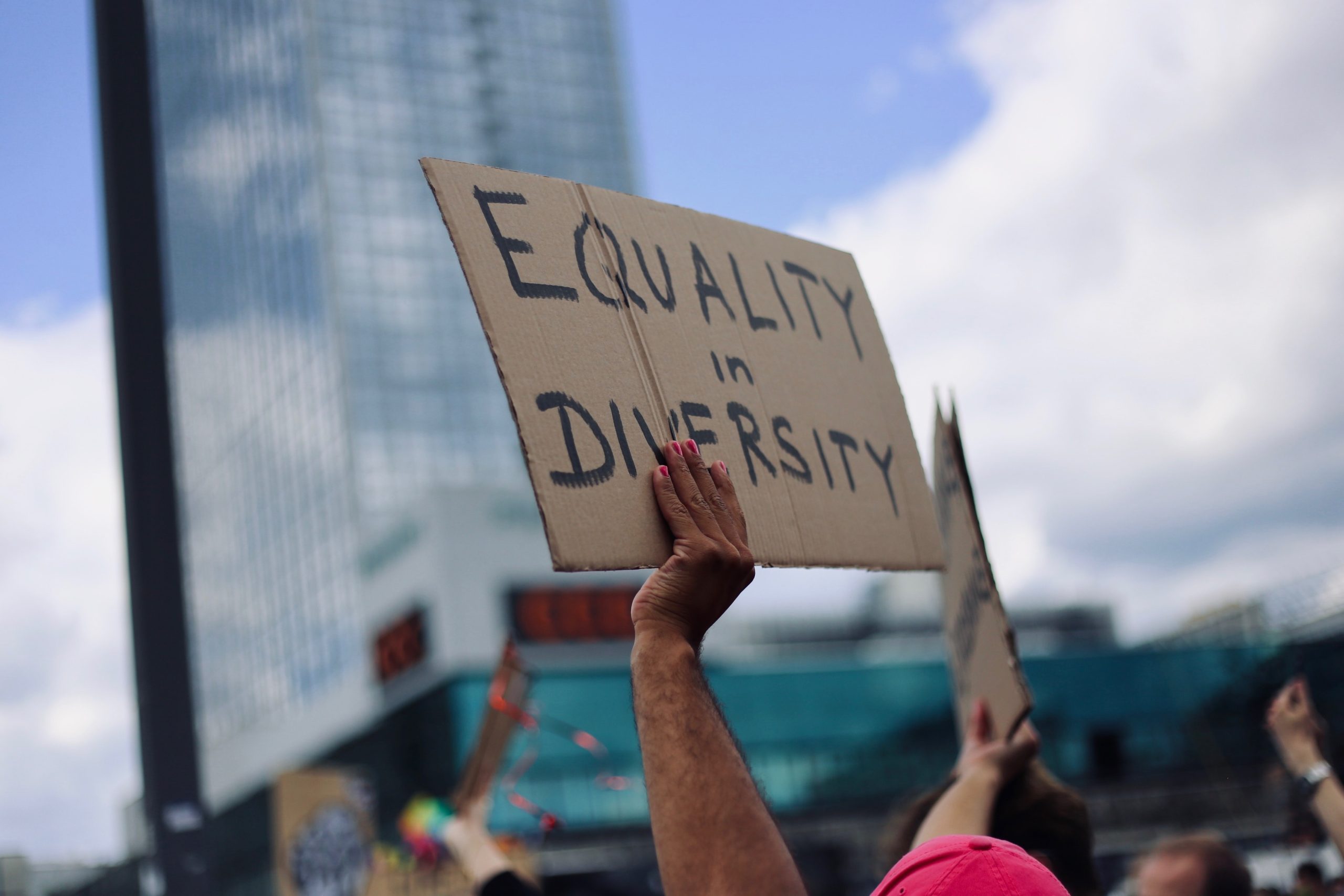
Issues like the gender pay gap and forthcoming regulations on disability, race, and ethnicity reporting are becoming increasingly important.
Brokerages that fail to address these issues risk damaging their reputation and losing trust among stakeholders.
Incorporating E, D & I in Recruitment
So, how do you weave equity, diversity and inclusion into your recruitment process? Here are some actionable steps:
- Revamp Your Recruitment Strategy: Ensure that your recruitment partners understand and value equity, diversity and inclusion. They should be equipped to attract a diverse pool of candidates and be aware of unconscious biases that might creep into the hiring process.
- Foster Inclusive Candidate Experiences: From job descriptions to interview processes, every step should reflect your commitment to equity, diversity and inclusion. Consider blind recruitment processes, where candidates’ personal information is hidden, to reduce bias.
- Engage Diverse Talent Pools: Actively seek out candidates from underrepresented groups. This might involve partnering with organisations that focus on diverse talent or attending career fairs and events aimed at a wide range of demographics.
- Train Your Team: Educate your hiring managers and teams on the importance of diversity and inclusion. Training in unconscious bias, cultural competence, and inclusive communication is vital.
- Feedback and Improvement: Continuously seek feedback from candidates and employees about your recruitment process and company culture. Use this feedback to make necessary improvements.
Taking Action
Inclusive recruitment isn’t just a nice-to-have; it’s a must for businesses looking to thrive in today’s diverse world. It starts at the leadership level.
Ask yourself, what does equity, diversity and inclusion mean to you and your company? Are you ready to embrace a strategy that not only fills positions but enriches your workplace culture?
If you’re committed to hiring underrepresented talent and reaping the benefits of a diverse and inclusive workforce, let’s connect and discuss how we can redefine your recruitment process, ensuring each new hire is not just an addition but a lasting asset to your mortgage business.
If you’re seeking a new role, or are searching for new talent, please click on the appropriate link to book a call with me today.
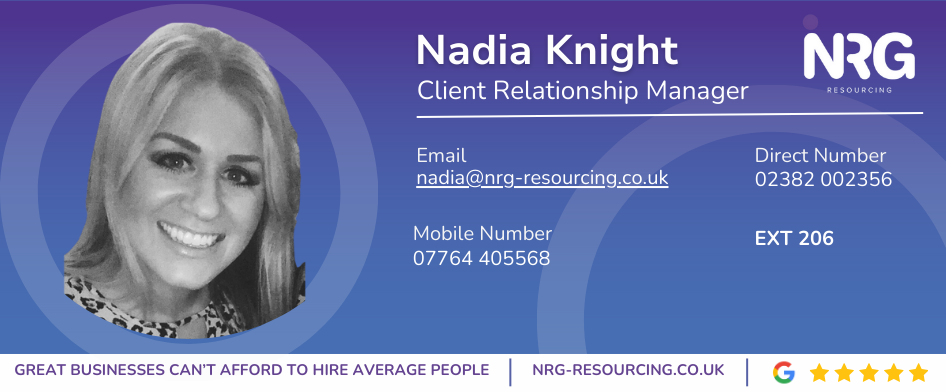
- Mastering Leadership in Lending with Richard Deacon - September 25, 2024
- The Path to Financial Leadership with Scott Marshall - September 4, 2024
- Leading Women in Finance [Special] - August 7, 2024
